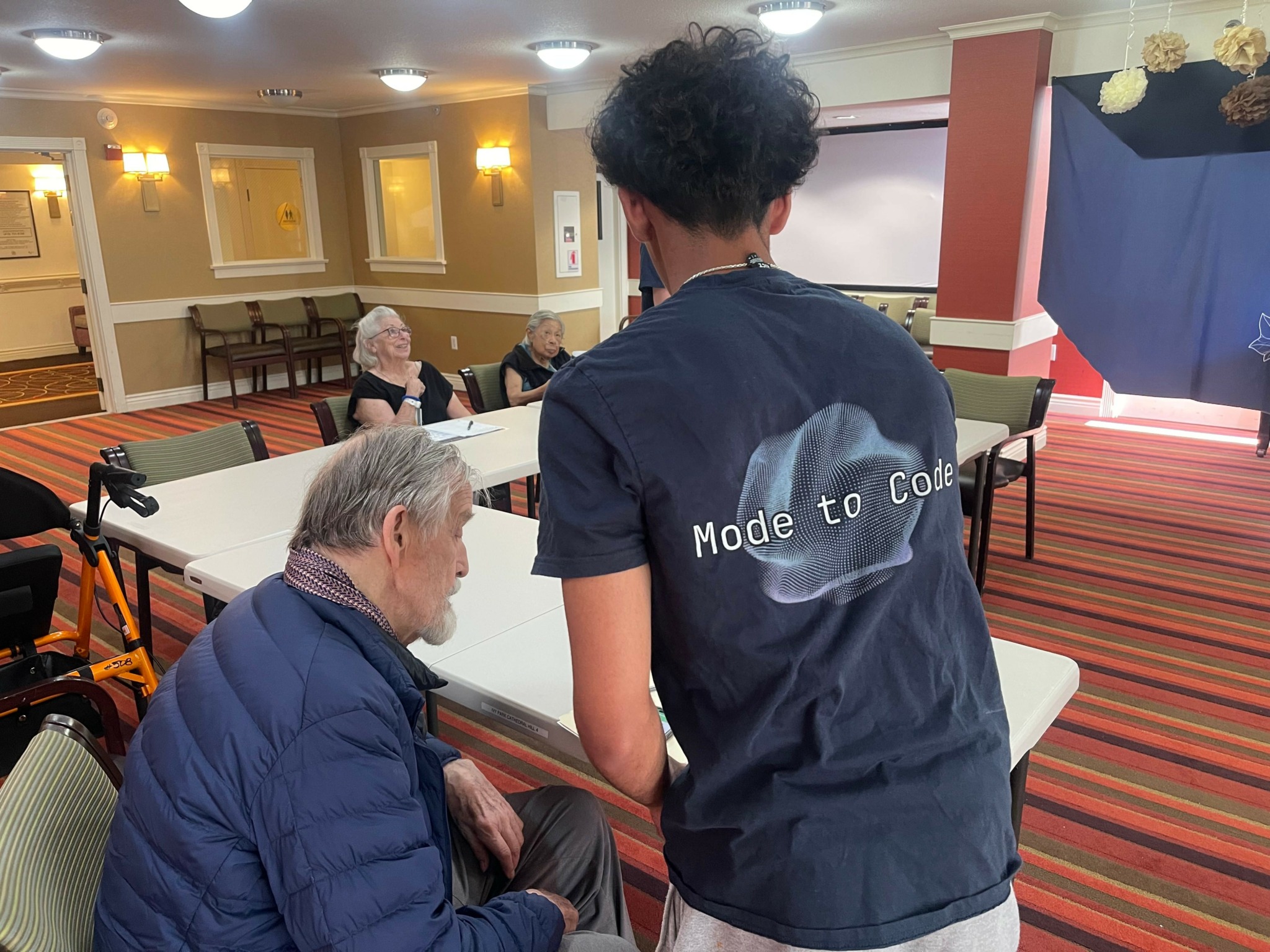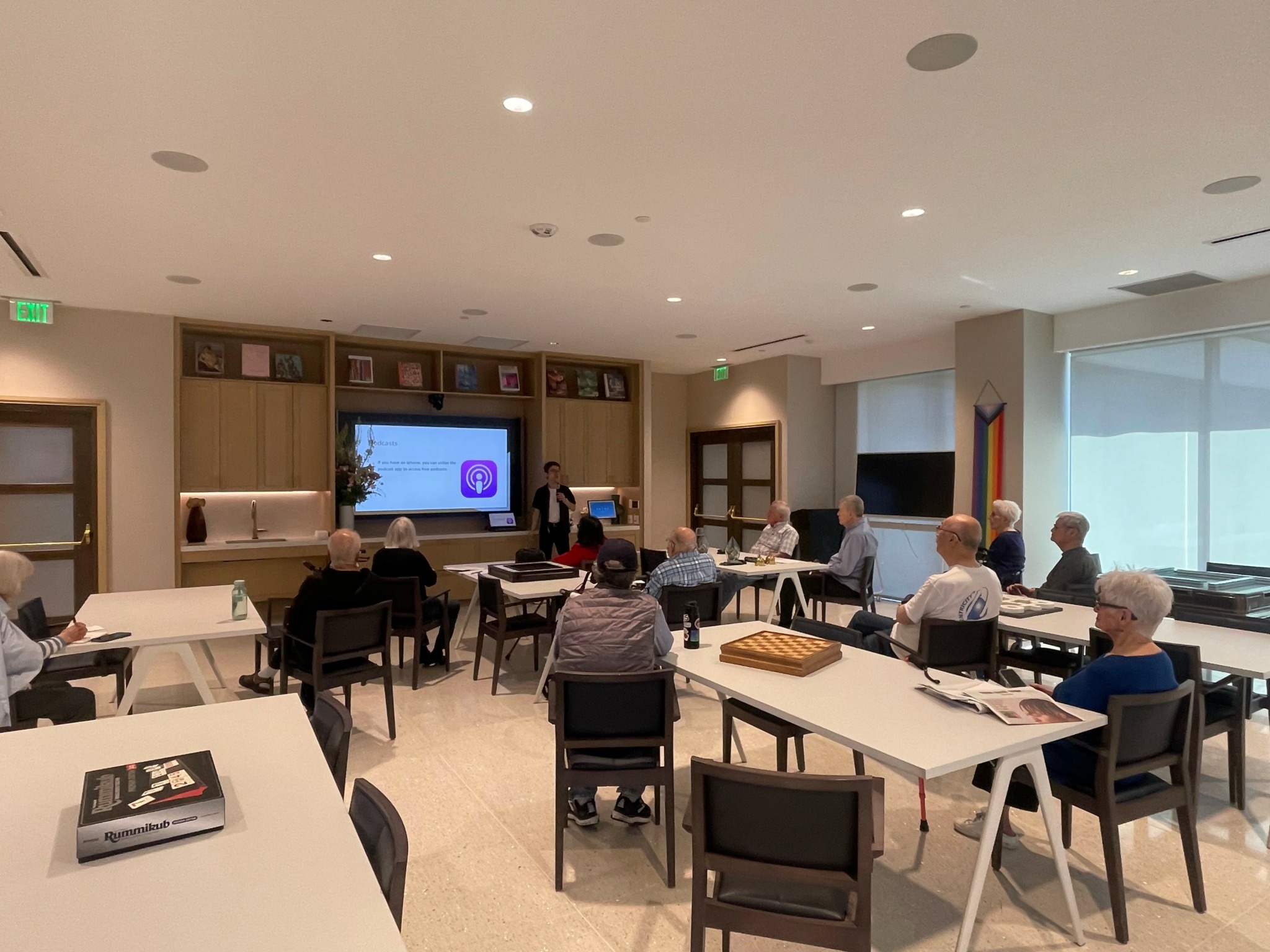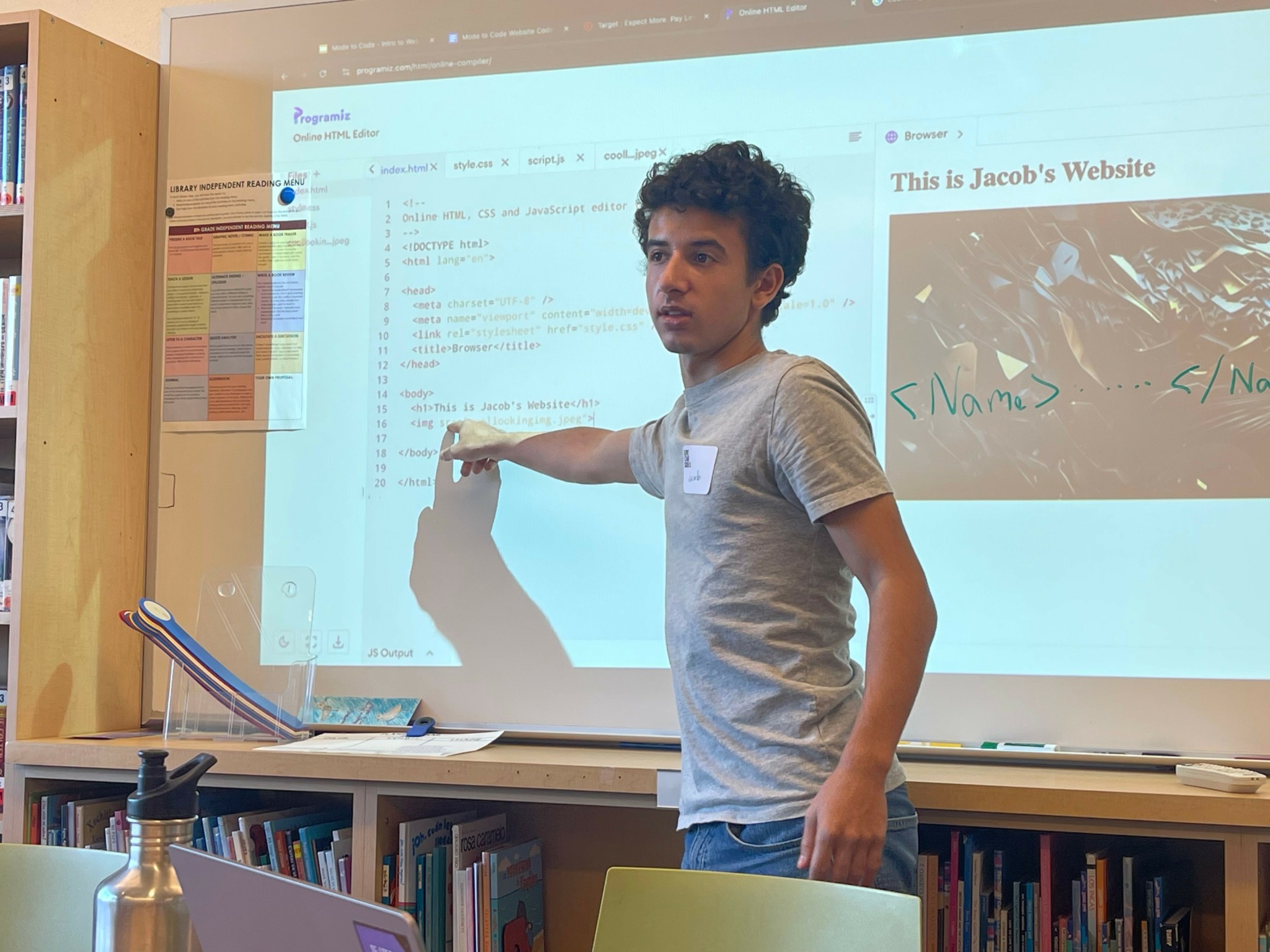We caught up with the brilliant and insightful Jacob Shaul a few weeks ago and have shared our conversation below.
Jacob, thanks for joining us, excited to have you contributing your stories and insights. How did you scale up? What were the strategies, tactics, meaningful moments, twists/turns, obstacles, mistakes along the way? The world needs to hear more realistic, actionable stories about this critical part of the business building journey. Tell us your scaling up story – bring us along so we can understand what it was like making the decisions you had, implementing the strategies/tactics etc.
Mode to Code initially began as a summer project, a simple website that I created that links free resources students can use to learn how to code. After I finished building it, I realized that I could use the roadmap I had just built as a curriculum and teach it to middle school students. I sent out an email to my middle school, Live Oak, who were kind enough to let me try out the program. So during the fall of 2024, my mom would pick me up after school, and we would drive to my middle school so I could teach the course.
After the six-week class, I realized that this could be of benefit to other students beyond Live Oak. From there, I reached out to around 10 other schools in SF, around half of which said yes. I realized that to scale, I couldn’t teach alone. That’s when I started talking to some friends at my high school, who were not only interested in helping me teach, but also helped connect me to their middle schools. As we grew, my job shifted from a teacher to more of an organizer, making sure that everyone knew the dates, times, and locations. Today, we have over 15 volunteers who have helped make Mode to Code possible.
At the beginning of 2025, I reached out to schools around the world to offer the classes virtually. I quickly realized that to scale online, I would need to increase my outreach rate. As such, I began sending hundreds of emails to educators around the world, setting up calls and working out logistics. I also asked for referrals and introductions from educators I worked with, growing my network. Ultimately, this worked out, teaching classes across 5 continents.
Lastly, we expanded to offering classes at Assisted Living Homes. Teaching residents at these homes is very different than middle school students, so I had to develop a new curriculum based around AI, cybersecurity, and the internet. Since then, we’ve worked with more than five homes, teaching students of all ages about how they can utilize technology.
My path to scaling Mode to Code was filled with an endless supply of obstacles and twists. My strategy has been to start out small, offering 1-2 classes, and then growing from there. Each time I decided to try something new, I would always face obstacles, such as not receiving any email responses from international schools or needing to develop a new curriculum for Assisted Living Homes. Pushing through those initial obstacles, however daunting, allowed me to scale and grow the company into what it is today.
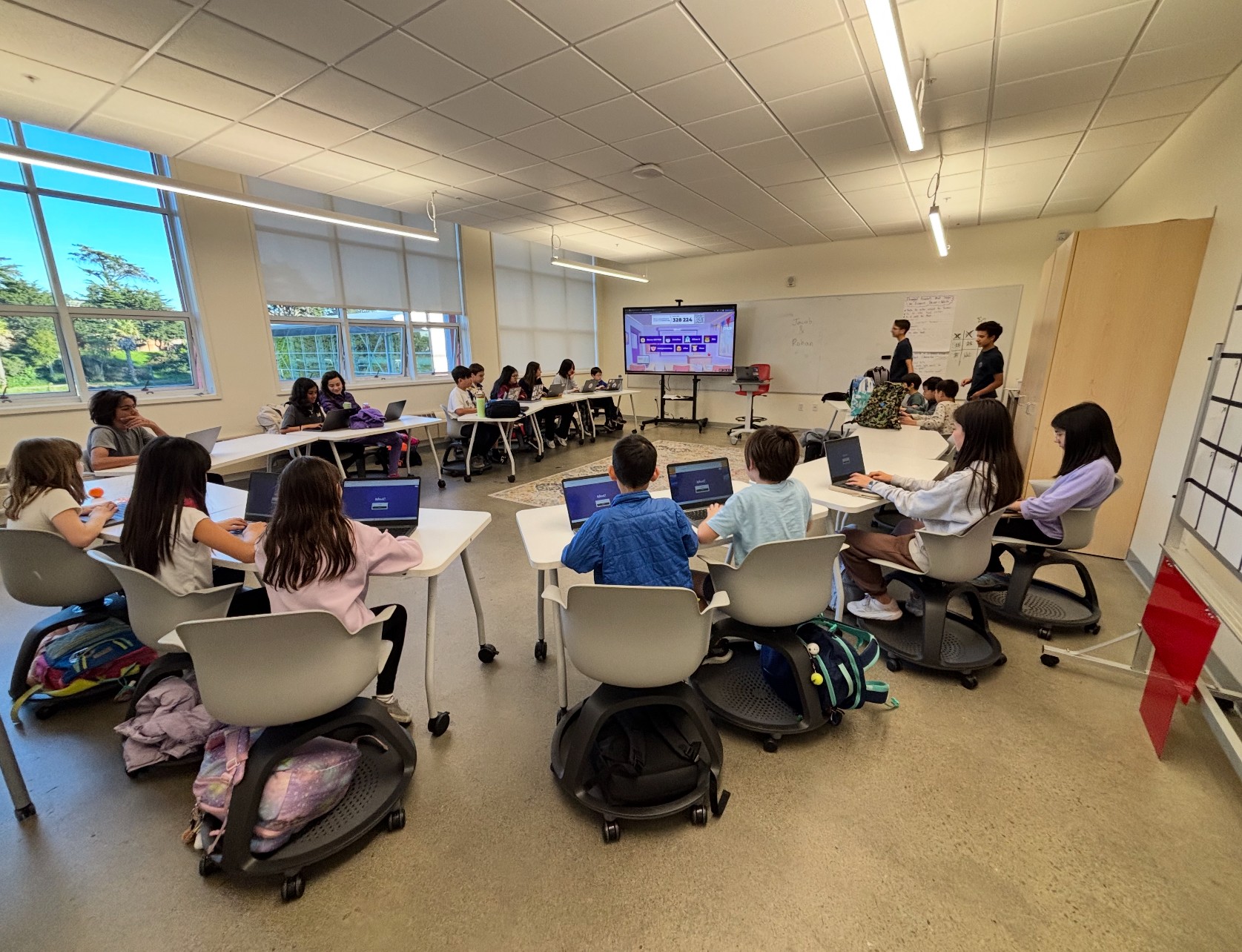
Great, appreciate you sharing that with us. Before we ask you to share more of your insights, can you take a moment to introduce yourself and how you got to where you are today to our readers.
I’m a current high school student at San Francisco University High School, passionate about using technology to solve problems and generate change. I noticed that there was a lack of resources and education in computer science, especially in middle schools, and I wanted to provide students with the tools I wish I had learned about earlier. What I think sets Mode to Code apart from other coding educators is our age. Because we’re high schoolers, I think that we can inspire and connect with younger students on a level that adults might not be able to. Additionally, with our Assisted Living Program, we are helping to bridge the intergenerational gap between older residents and high school educators. I’m proud of not only our impact but the relationships that I have seen develop between Mode to Code volunteers and students.
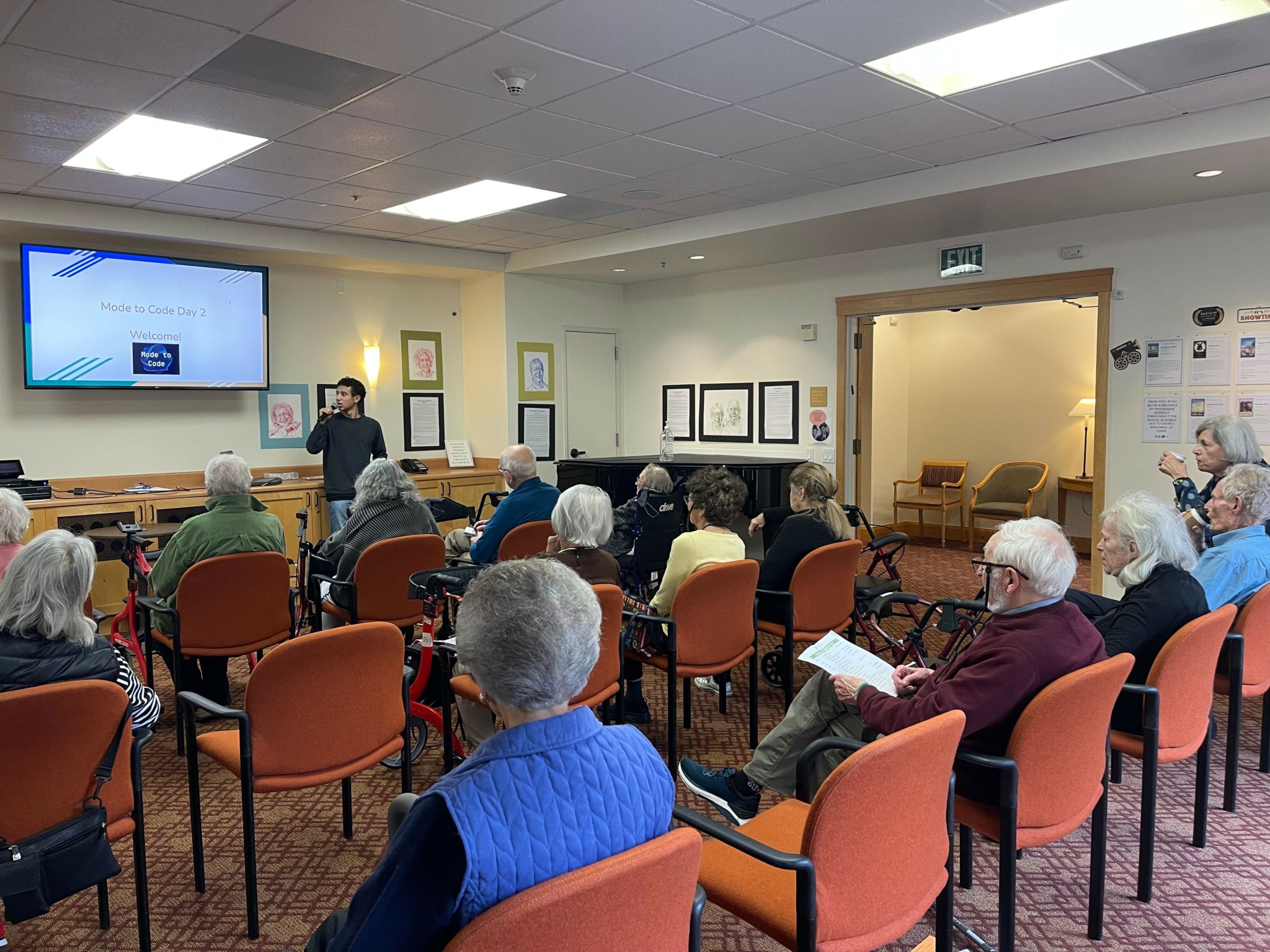
We’d love to hear a story of resilience from your journey.
When I first started reaching out to international schools, I faced a lot of rejection. Most emails I sent never received a response, and if they did, it was usually “sorry, we’re not interested at this time.” At first, I wanted to give up. I thought that teaching internationally wouldn’t work and that there wasn’t enough interest. But I kept pushing forward, determined and motivated to expand globally. This required me to change the scale of emails I was sending to reach a wider audience, going from tens of emails to hundreds. Ultimately, this paid off: we have offered classes to students in India, Vermont, Italy, Bolivia, Botswana, Jamaica, and are expanding to Canada and El Salvador in the fall. I’ve learned that creating real impact requires rejection: that setbacks can validate your idea.
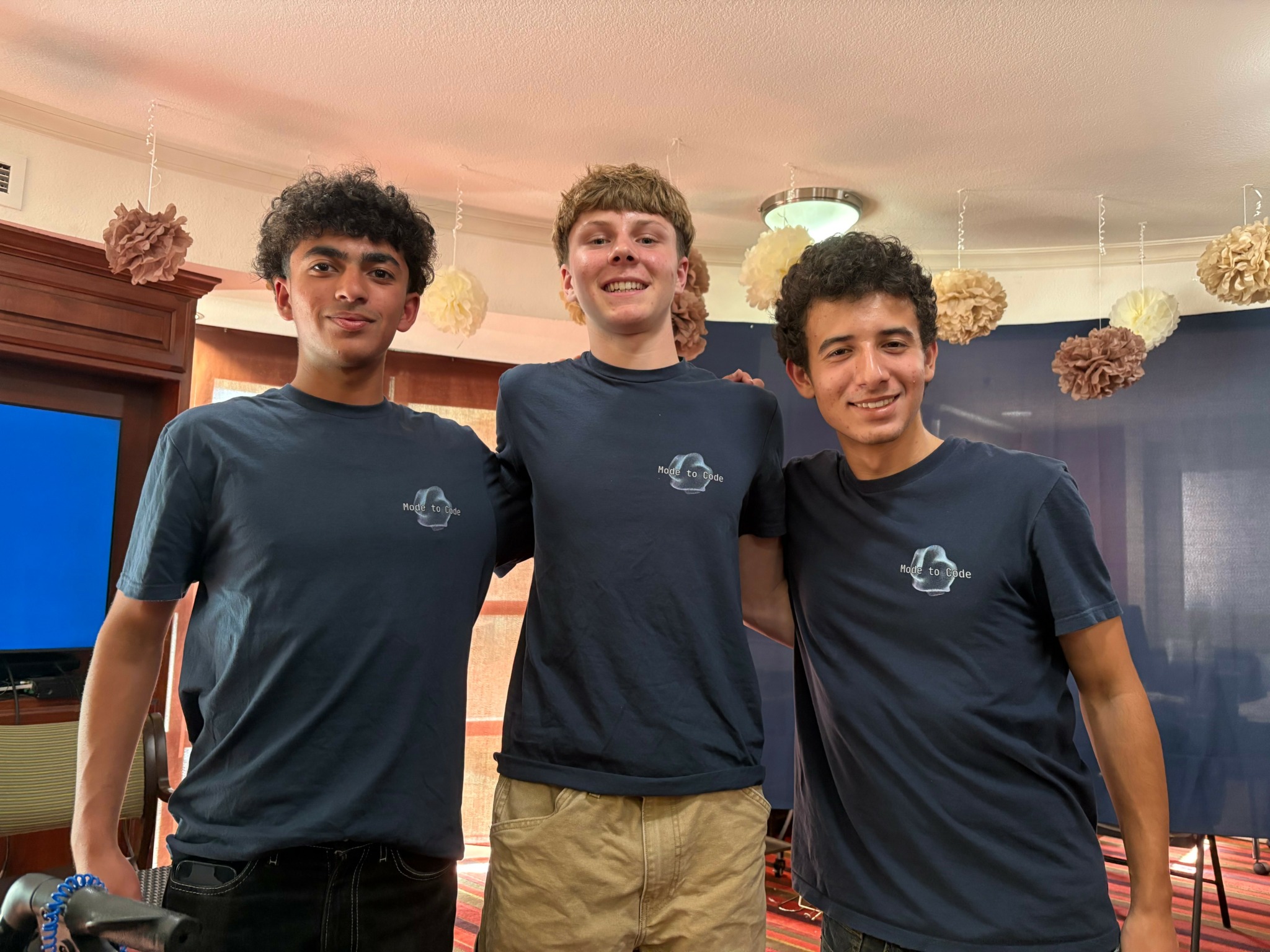
Can you tell us about what’s worked well for you in terms of growing your clientele?
The most effective strategy that I’ve found for finding new schools and institutions is sending emails, but then always following up. Most of the responses that I’ve received were from the follow-up email sent five-to-seven days after the initial email. Additionally, directly calling and even going in person have been strategies that have helped me grow and scale.
Contact Info:
- Website: https://modetocode.com/
- Instagram: https://www.instagram.com/mode_to_code/
